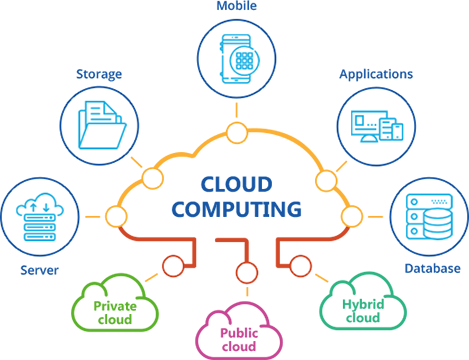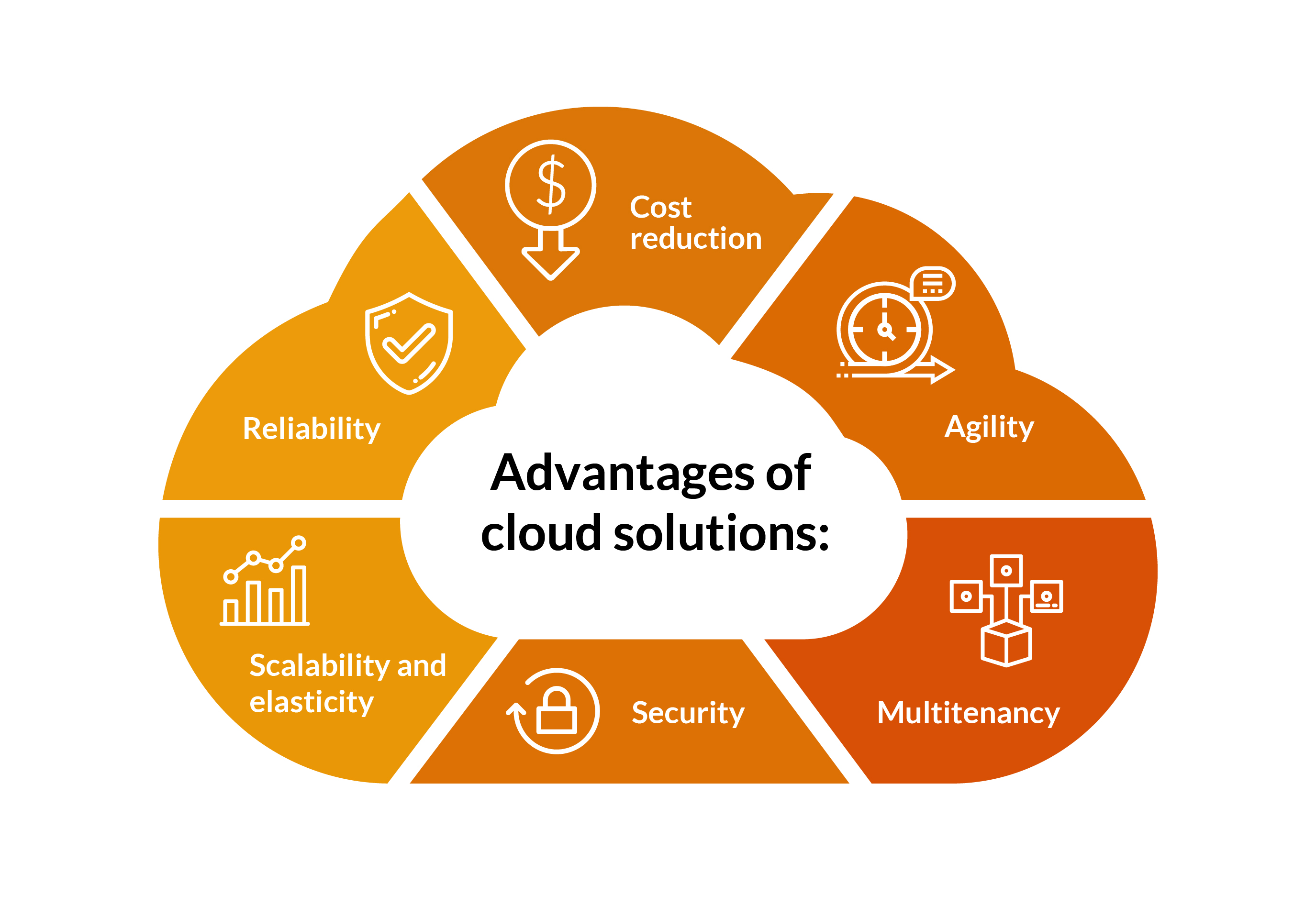Understanding LinkDaddy Cloud Services: The Ultimate Overview to Cloud Services Press Release Strategies
Understanding LinkDaddy Cloud Services: The Ultimate Overview to Cloud Services Press Release Strategies
Blog Article
Simplify Your Infrastructure With Cloud Provider
As businesses navigate the ever-evolving landscape of modern technology and data management, the function of cloud solutions in simplifying facilities has actually come to be increasingly noticeable. How can services efficiently browse this transition and really open the capacity of cloud solutions for streamlining their framework?
Advantages of Cloud Provider
Cloud services provide a streamlined technique to handling IT infrastructure, offering services with scalability, versatility, and cost-efficiency. Among the crucial benefits of cloud services is the scalability they use. Services can conveniently scale their sources up or down based upon need, guaranteeing they just spend for what they use. This adaptability is particularly useful for businesses with varying requirements or those experiencing development.
Additionally, cloud solutions get rid of the need for companies to buy pricey software and hardware. This cost-efficiency is a significant benefit, particularly for small to medium-sized business wanting to reduce upfront expenses. By utilizing cloud services, organizations can access top quality IT sources without the significant cost connected with standard infrastructure configurations.
Moreover, cloud solutions offer organizations with the versatility to access their information and applications from anywhere with a net connection. This degree of access enhances partnership amongst teams, allows remote job, and enhances total efficiency. The adaptability supplied by cloud solutions empowers businesses to adapt rapidly to altering market problems and customer demands.
Cost Cost Savings and Scalability
Along with the operational benefits highlighted earlier, the integration of cloud services right into a business's facilities generates significant price financial savings and enhanced scalability. Cloud solutions use a pay-as-you-go version, allowing businesses to scale resources up or down based on current needs, thereby preventing the expenses connected with preserving excess capability. This versatility allows business to adapt rapidly to varying needs without incurring unnecessary expenses.
Furthermore, cloud services remove the need for upfront financial investments in hardware and software application, decreasing capital expenses. Business expenses are also minimized as firms no much longer need to manage and maintain physical web servers, resulting in lower energy usage and IT staffing costs. In addition, cloud services supply automatic updates and upkeep, making certain that the framework stays safe and secure and current without needing manual treatments.
Enhanced Safety And Security Measures
Carrying out rigid protection steps is critical when integrating cloud services into a business's facilities to make certain and guard delicate data compliance with industry regulations. Cloud solution carriers provide improved protection attributes such as data security, firewall defense, and multi-factor verification to reduce cybersecurity risks.
Furthermore, normal protection audits and compliance assessments aid identify susceptabilities and make sure adherence to sector standards. Firms can likewise gain from attributes like automatic protection updates and real-time threat surveillance supplied by cloud provider. By prioritizing protection steps and staying positive in attending to potential threats, companies can with confidence take advantage of cloud services while protecting their useful information from unapproved access or violations.
Transitioning to Cloud Infrastructure
To effectively incorporate cloud solutions into a business's infrastructure, reference a structured strategy that resolves the shift in the direction of cloud-based remedies is essential. Transitioning to shadow infrastructure includes mindful planning and execution to ensure a smooth migration process. The primary step is to examine the current infrastructure and figure out which systems and applications are suitable for migration to the cloud. This analysis ought to think basics about factors such as information level of sensitivity, conformity requirements, and efficiency demands.
When the analysis is full, a movement approach should be created. This approach needs to lay out the timeline, sources, and duties for relocating each element to the cloud. It is vital to connect this plan clearly to all stakeholders to guarantee positioning and minimize interruptions throughout the shift.
During the migration testing, surveillance and procedure are critical to recognize and attend to any kind of problems without delay. Normal checkpoints ought to be established to track progression and make necessary adjustments. Additionally, training for staff members on making use of cloud solutions ought to be provided to ensure an effective transition and take full advantage of the benefits of the new framework.
Finest Practices for Cloud Adoption
Successful fostering of cloud solutions depends upon the critical placement of company purposes with technological abilities and organizational preparedness. To guarantee a smooth change to the cloud, companies must start by carrying out an extensive analysis of their existing infrastructure and determining which work are best suited for cloud movement. It is critical to include vital stakeholders from different divisions in the decision-making procedure to obtain buy-in and deal with any kind of concerns early.
An additional best method for cloud fostering is to prioritize safety and security and conformity. Organizations has to thoroughly evaluate the safety measures provided by cloud company and make certain that their data is secured according to market criteria and regulative needs. Implementing robust data security, gain access to controls, and normal protection audits can aid mitigate risks connected home with cloud fostering.

Conclusion

As services browse the ever-evolving landscape of technology and data management, the role of cloud services in streamlining framework has actually ended up being significantly prominent - universal cloud Service. How can businesses properly browse this transition and absolutely open the potential of cloud solutions for streamlining their framework?
Cloud services provide a structured technique to handling IT infrastructure, giving organizations with scalability, adaptability, and cost-efficiency. By making use of cloud solutions, organizations can access top notch IT resources without the significant price tag associated with typical infrastructure configurations.
To ensure a smooth change to the cloud, organizations need to begin by performing a comprehensive evaluation of their present framework and determining which workloads are best suited for cloud movement.
Report this page